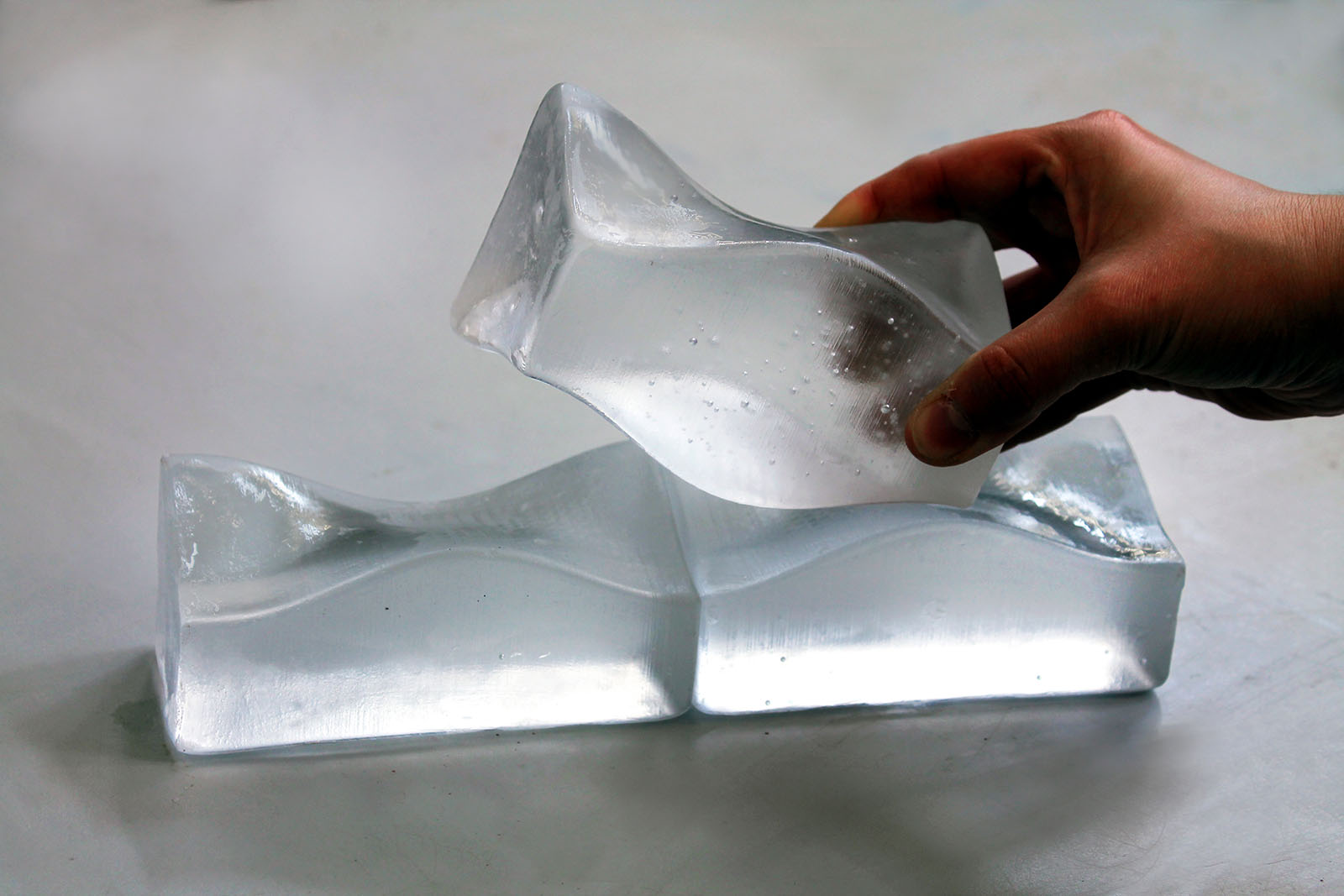a Reduce/Reuse/Recycle Strategy
Downloads
DOI:
https://doi.org/10.7480/spool.2019.2.4372Keywords:
glass, components, cast, interlocking, structures, recycling, wasteAbstract
The applicability of glass in structures is continuously ascending, as the transparency and high compressive strength of the material render it the optimum choice for realizing diaphanous structural components that allow for light transmittance and space continuity. The fabrication boundaries of the material are constantly stretching: visible metal connections are minimized and glass surfaces are maximized, resulting to pure all-glass structures. Still, due to the prevalence of the float glass industry, all-glass structures are currently confined to the limited forms and shapes that can be generated by planar, 2D glass elements. Moreover, despite the fact that glass is fully recyclable, most of the glass currently employed in buildings is neither reused nor recycled due to its perplexed disassembly and its contamination from coatings and adhesives.
Cast glass can be the answer to the above restraints, as it can escape the design limitations generated from the 2-dimensional nature of float glass. By pouring molten glass into moulds, solid 3-dimensional glass components can be attained of considerably larger cross-sections and of virtually any shape. These monolithic glass objects can form repetitive units for large all glass-structures that do not buckle due to slender proportions and thus can take full advantage of the stated compressive strength of glass. Such components can be accordingly shaped to interlock towards easily assembled structures that do not require the use of adhesives for further bonding. In addition, cast glass units–due to their increased cross section– can tolerate a higher degree of impurities and thus can be produced by using waste glass as a raw source.
How to Cite
Published
License
Copyright (c) 2020 SPOOL

This work is licensed under a Creative Commons Attribution 4.0 International License.




